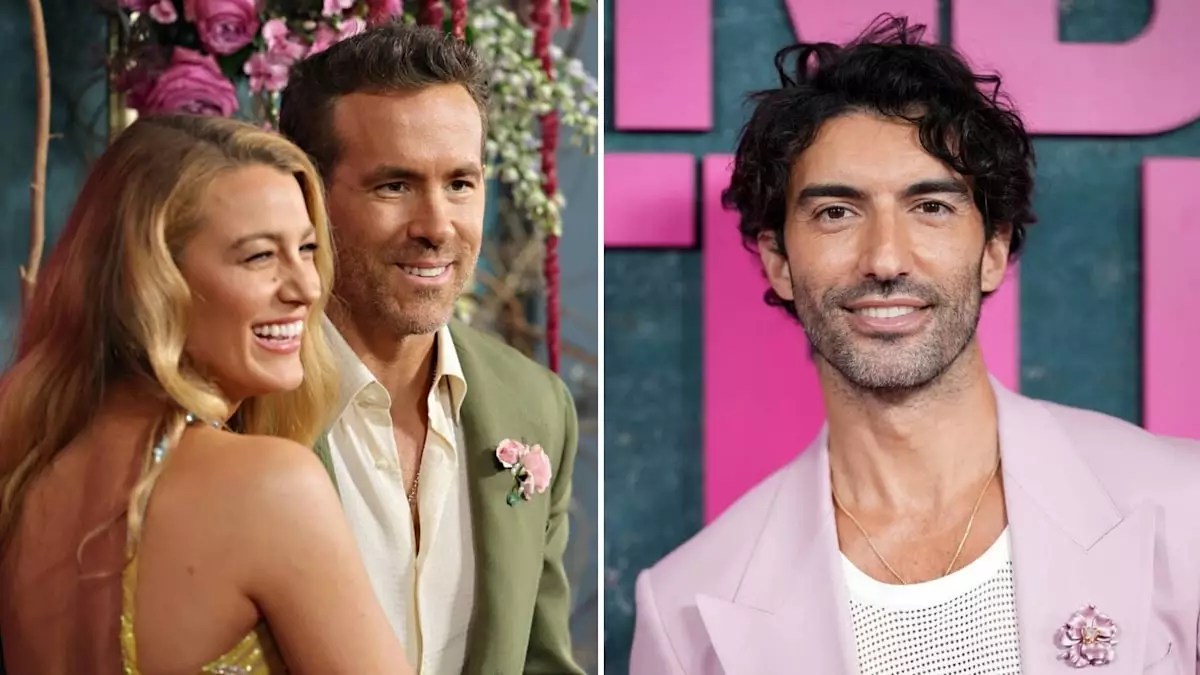The entertainment industry is rarely devoid of drama, but the legal entanglement between Justin Baldoni and Blake Lively has captivated both fans and media alike. What started as a professional collaboration has escalated into a complex legal battle, drawing in high-profile personalities like Ryan Reynolds and a variety of other stakeholders. This article endeavors to dissect the recent developments in this public dispute, highlighting its implications and the ongoing narrative that has emerged from it.
On February 1, 2025, Justin Baldoni’s legal team made a significant move by launching a website titled “Lawsuit Info.” This site features two key documents that shine a light on the conflict at hand. The first document, labeled “Amended Complaint,” elucidates the grounds of Baldoni’s lawsuit against not only Blake Lively but also her husband Ryan Reynolds, their public relations team, and the New York Times. The second document, a detailed “Timeline of Relevant Events,” chronicles the evolution of this dispute, spanning from January 2019 when Baldoni first reached out to author Colleen Hoover about adapting her novel It Ends With Us, to the time the lawsuit was filed.
This initiative introduces a new layer of transparency to the proceedings. By making these documents publicly accessible, Baldoni seems to be attempting to frame the narrative in his favor. The strategic unveiling of these details may serve to garner public sympathy or to suggest to potential jurors that he has a legitimate case.
The “Timeline of Relevant Events” comprises an impressive 168 pages, encapsulating a range of alleged conversations and key occurrences that underline the tension surrounding the film production. It scrutinizes not only the interpersonal relationships among the cast and crew but also the external perceptions that have shaped the public’s understanding of this feud.
Among the notable highlights is purported correspondence between Baldoni, Lively, and Reynolds, underscoring their previously cordial relationships and shared aspirations for their film project. This segment of the timeline also captures the escalating tensions as the marketing strategies for It Ends With Us began to diverge, leading to accusations of a public relations misalignment.
The timeline thus serves to delineate the complexities of their interactions, revealing a narrative where co-stars initially seemed supportive but soon found themselves mired in professional disputes and public scrutiny.
One particularly striking assertion within the timeline was a draft statement allegedly prepared by Lively and Reynolds, which encouraged Baldoni to accept responsibility for some of the negative press surrounding the film. They seemed to suggest that the positioning of Baldoni’s Wayfarer Studios against their own reputations had escalated into a graver issue than initially anticipated.
The statement indicated a collective acknowledgment of the troubled nature of the film’s production, emphasizing that the cast aimed to distance themselves from any negative associations. It becomes evident that this legal conflict is not just about the film but touches on deeper themes of accountability in a flawed creative environment.
The language used in the statement is noteworthy, emphasizing humility and a commitment to learning from mistakes. The call for “growing from the experience” and promoting “uncomfortable conversations” aligns with emerging trends in the film industry that prioritize mental health and acknowledgment of failures in creative spaces.
As of now, both Blake Lively and Ryan Reynolds have yet to disclose any formal responses to Baldoni’s website or the contents of the documents. The anticipation of their next moves adds yet another layer of intrigue to this already captivating saga. The court date has been set for March 9, 2026, leaving ample time for further developments to unfold.
The ongoing legal battle between Justin Baldoni and Blake Lively raises questions about professionalism and personal accountability in the entertainment industry. Their narrative reflects the challenges of collaboration in high-pressure environments and encapsulates how easily professional relationships can devolve into public disputes.
As this drama continues to unfold, observers are left to ponder not just the outcomes of this specific case but also how it may influence future creative partnerships in Hollywood, where public perception often holds as much weight as legal arguments. The saga is far from over, and its repercussions could resonate well beyond the courtroom.







Leave a Reply